India’s Villages Grow Larger, Smaller Ones Disappear
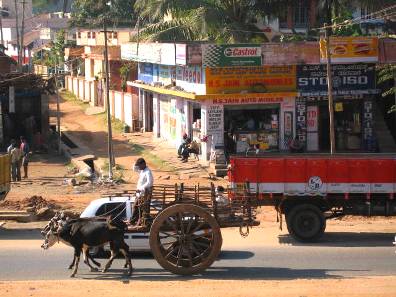 India lives in her villages, said Mahatma Gandhi famously, a century ago. In 1901, approximately 89% of India’s population was living in villages while close to 11% lived in cities.
India lives in her villages, said Mahatma Gandhi famously, a century ago. In 1901, approximately 89% of India’s population was living in villages while close to 11% lived in cities.
Today, a century and a decade later, roughly 69% of India’s population lives in villages while 31% live in cities.
On the surface, the pace of urbanisation seems to be slow. But there’s lot more beneath that surface as IndiaSpend’s Prachi Salve finds out. Significantly, while the overall number of villages is rising, the number of large villages is increasing while the number of small hamlets (communities) is shrinking dramatically.
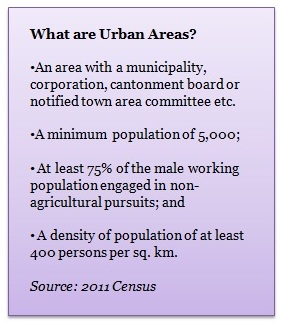
Moreover, rural incomes, and thus consumption patterns, are shifting dramatically. For instance, rural India has far greater banking access (58.7%) and mobility in the form of two-wheelers (14.3%) and even bicycles. And expenditure on cable television and phones are up.
The number of villages in India has increased from 638,588 in 2001 to 640,867 in 2011. Large villages are looking more and more like urban areas, especially considering their population. While the rural population has gone down by 5.9% as compared to the 2001 Census, the composition of rural areas is changing with people leaving small hamlets and moving to large villages. The following table shows the increasing number of large villages:
Table 1: Big Villages Increasing
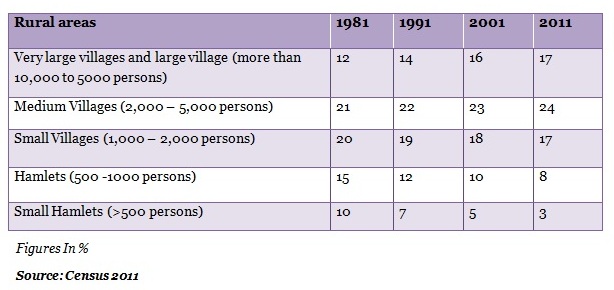
It can be seen from the table that the percentage of very large villages is increasing. And there is a clear inverse relationship between medium villages and small villages. As the percentage of medium villages has been increasing, the number of small villages is declining. A similar relationship is also observed between hamlets and small hamlets.
Changing Consumption Patterns
Rural consumption patterns are also changing. The National Sample Survey Office (NSSO) report for 2011-12 shows that there has been an increase in expenditure on cable TV, taxis and rickshaws, petrol and education in the rural households. And the number of rural houses owning assets like two-wheelers, TVs and telephone has also increased. Table 2 shows the changes in assets owned by rural households.
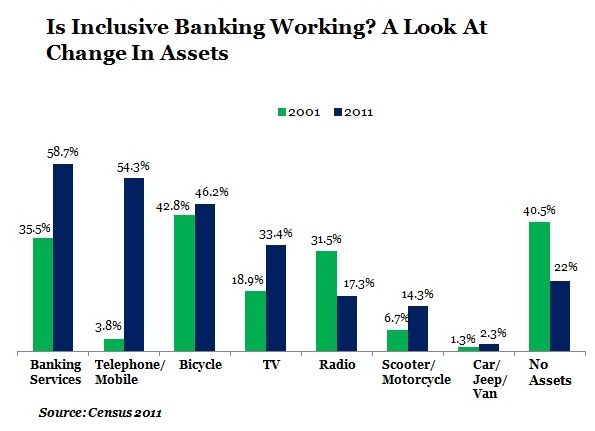
The assets table shows that there is an increase in almost all categories except radio. The decline in possession of radio is a reflection of an inverse relationship with TV. As more people buy TV, they reduce their consumption of radio as the mode of entertainment.
The increase in the percentage of TV ownership can explain the rising expenditure in cable TV as is shown in Table 3. The increasing ownership of scooters/motor cycles explains the increasing expenditure on petrol. Similarly, the increase in the expenditure on telephones can be explained by the fact that there has been an increase of almost 16% in ownership of telephones and mobiles in the rural areas.
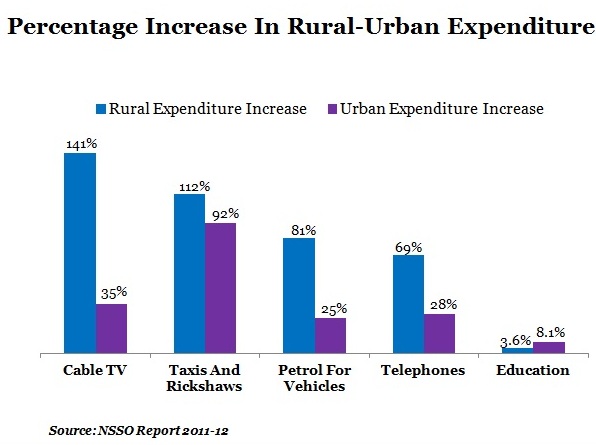
Increasing Income
The increase in rural consumption is attributed to the growth in rural income, which has been generated by non-farm job opportunities. Table 4 shows the increase in sector-wise jobs:
Table 2: Special Jobs, More Income
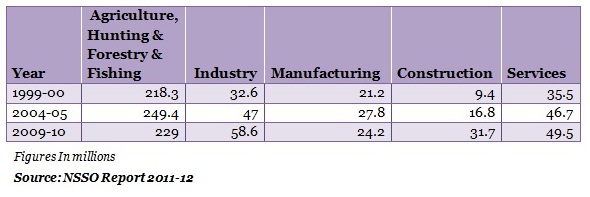
While over 52% of rural individuals work in the agriculture sector, the number has declined in 2009-10 after a brief spike in 2004-05. Industry has shown a steady increase from 32.6 million people in 1999-00 to 58.6 million in 2009-10. The largest increase in rural employment was in the construction sector from 9.4 million to 31.7 million in 2009-10 – an increase of over 135%.
Another reason for the increase in rural income is migration within the state. According to NSSO data, the overall migration rate is 29% while the migration rate for rural areas is 35 % (people moving from rural to urban areas within the state). Income is often sent back home as remittances, which is also one reason for increasing rural income and boosting consumption.
As compared to 2001 and the years before, data shows that rural India is changing (although not significantly) in terms of size, ownership of assets and employment composition. The implications present interesting challenges for policy makers in the government as well as the private sector.


